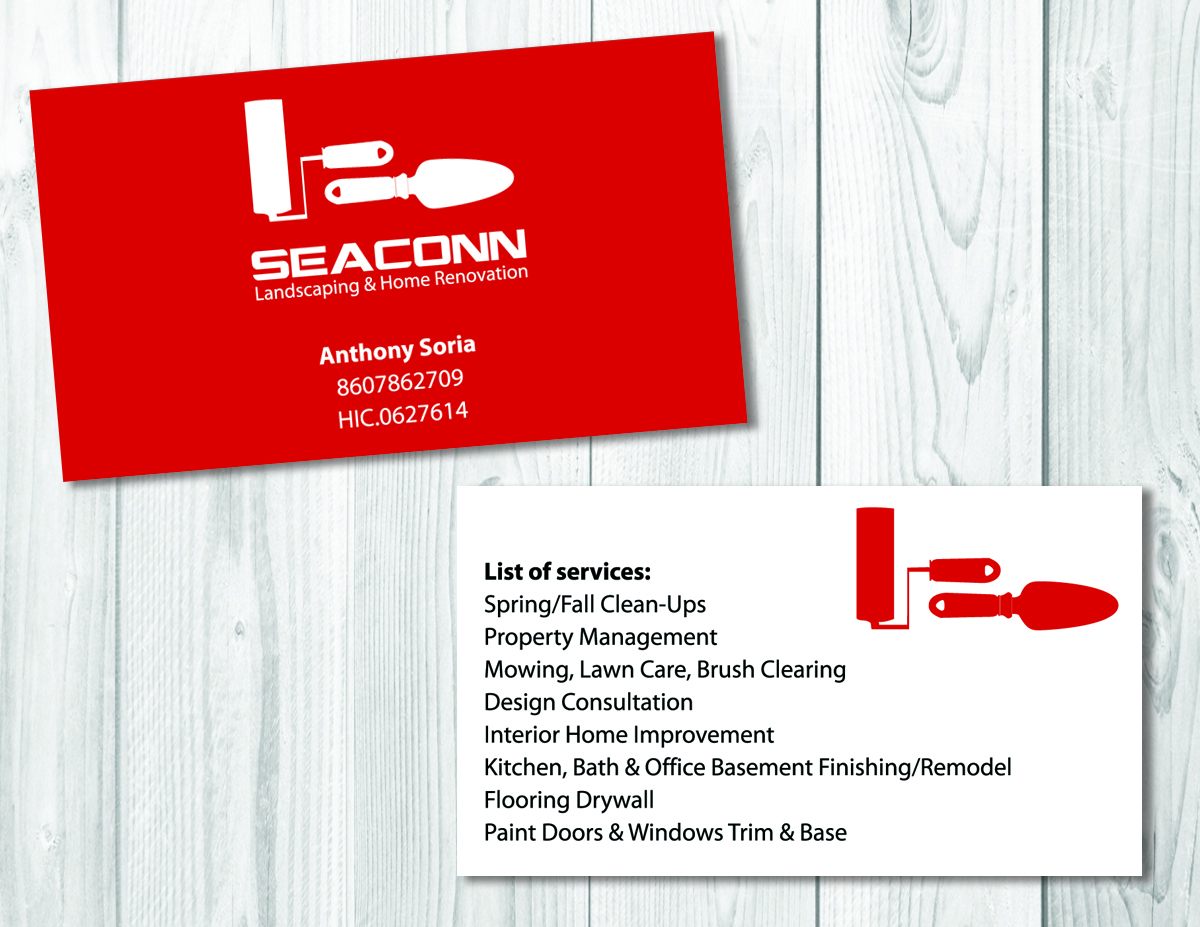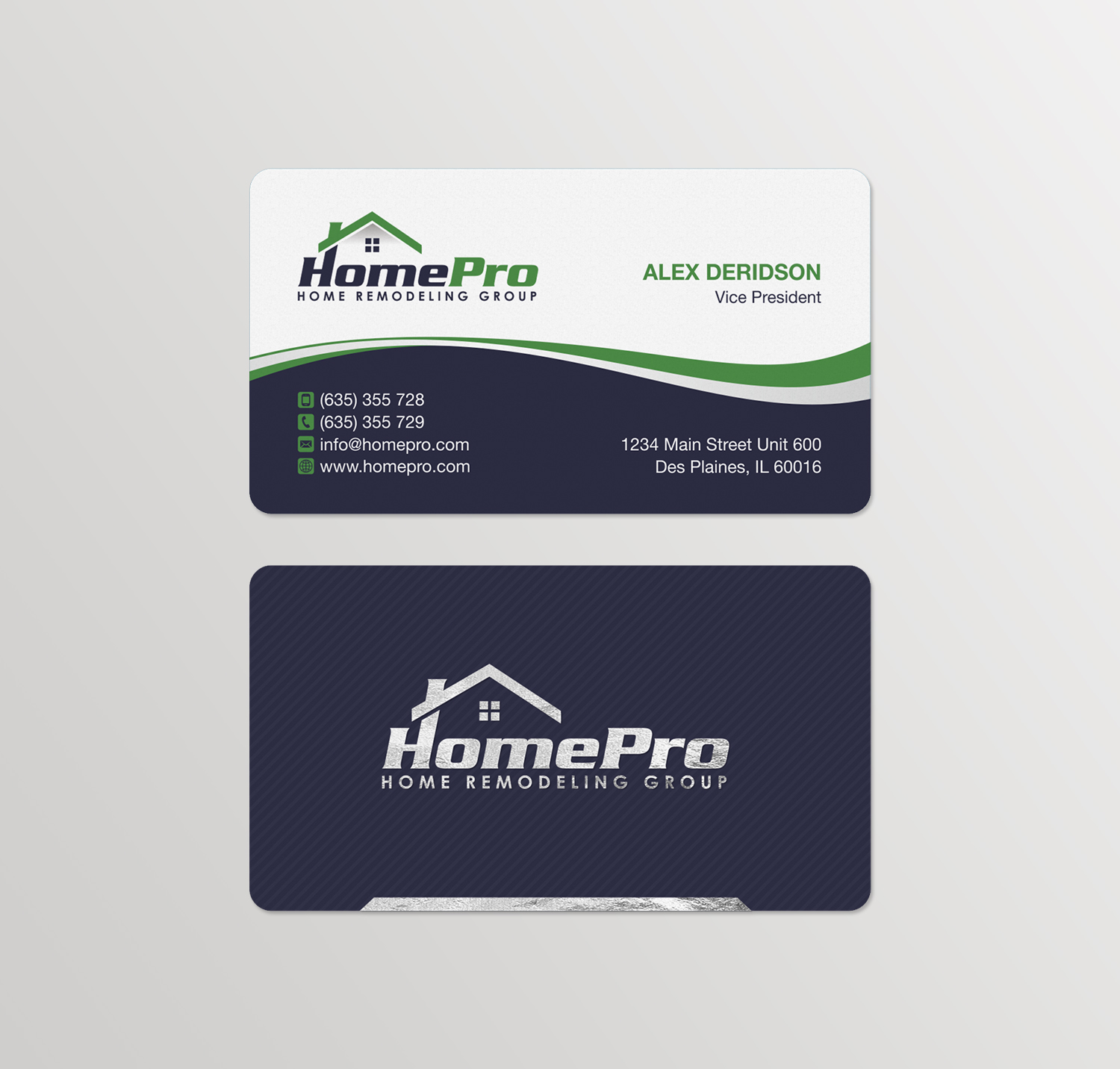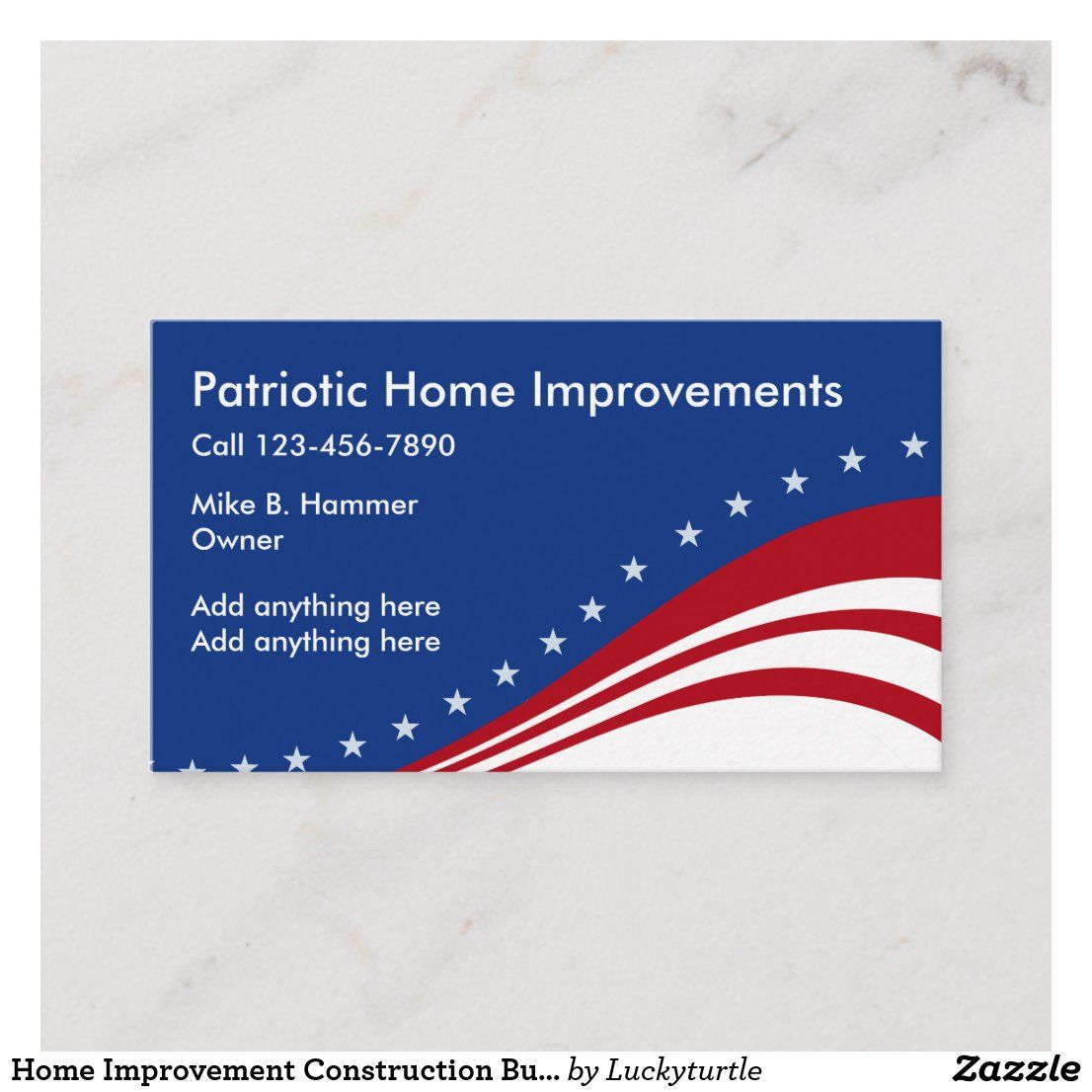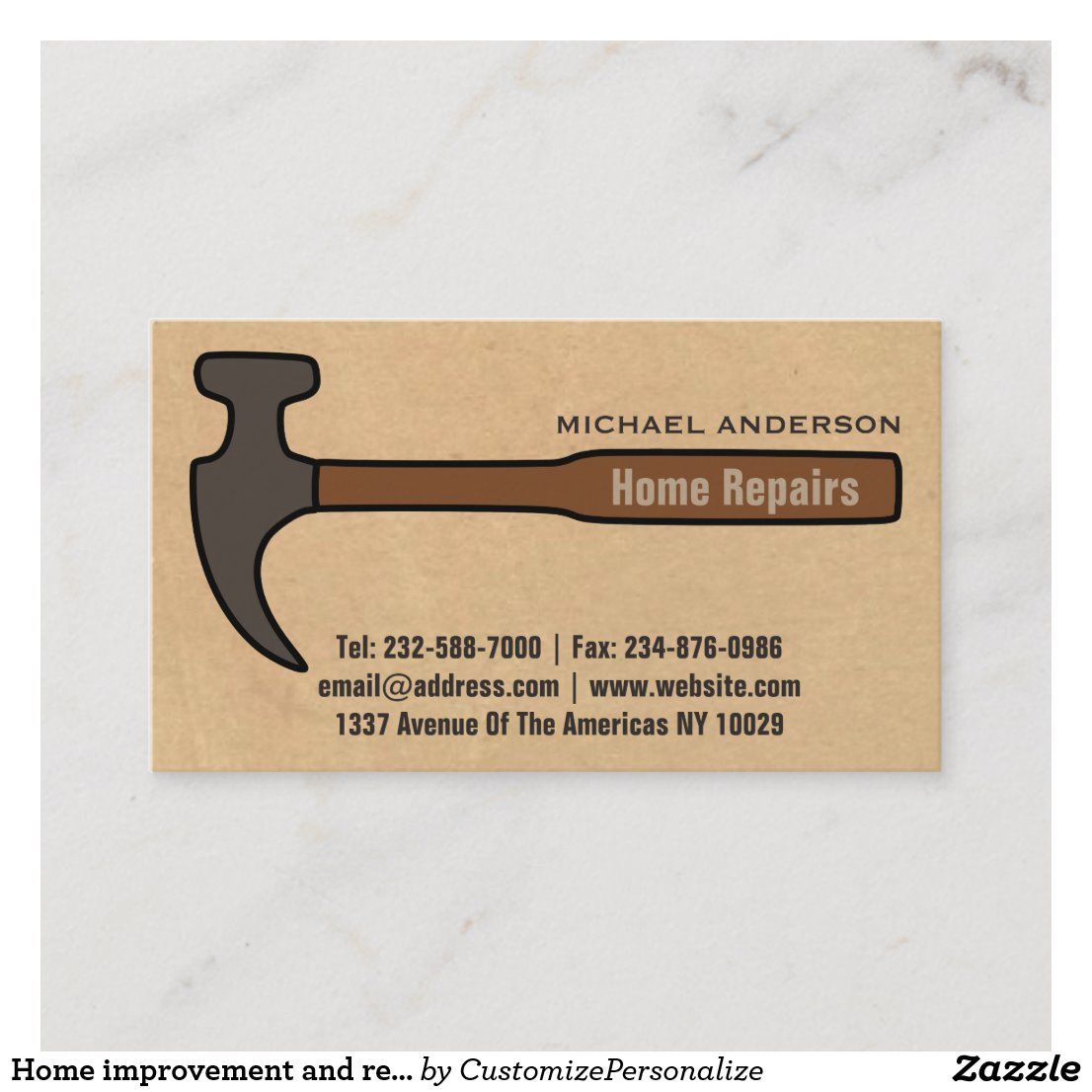
Are you in the home improvement industry and looking for effective ways to promote your business? One of the most essential tools in your marketing arsenal is a well-designed business card. Your business card represents your brand and acts as a gateway for potential clients to reach out to you. In this article, we will explore some impressive home improvement business card examples that will help you stand out from the competition.
Creating an Impactful First Impression
Your business card serves as the first point of contact between you and a potential client. It is crucial to make a positive and lasting impression. The design of your card should reflect the professionalism and quality of your services. Let’s delve into some examples that will inspire you to create a memorable business card.
1. Minimalistic Elegance

A simple and clean design can often make the most impact. Consider using a minimalist approach with a white background and bold typography. Choose a font that represents your brand’s personality and ensure it is easy to read. Add your logo and contact information, such as phone number, email address, and website. This style creates a sophisticated and professional look.
2. Showcase Your Craftsmanship
If you want to showcase your expertise and craftsmanship, consider using high-quality images of completed projects on your business card. Displaying images of stunning home renovations or beautifully designed interiors will instantly capture the attention of potential clients. Make sure the images are clear, crisp, and resonate with your target audience.
3. Play with Colors and Textures

Experimenting with colors and textures can create an eye-catching and memorable business card. Choose colors that reflect your brand identity and evoke positive emotions. Consider using textured cardstock or adding embossed elements to make your card stand out in a stack. Remember to strike a balance between aesthetics and readability, as the information on your card should be easily legible.
4. Unique Shapes and Sizes
A business card that deviates from the standard rectangular shape can make a bold statement. Think outside the box and consider round, square, or die-cut cards. This unconventional approach will help you grab attention and stand out from the crowd. However, be mindful that the size and shape of your card do not hinder its practicality.
5. Incorporate Testimonials

Testimonials from satisfied clients can be a powerful tool to build credibility and trust. Consider including a brief testimonial on the back of your business card. This strategy will not only demonstrate your expertise but also provide potential clients with social proof of your stellar work. Highlight positive feedback that emphasizes the value you bring to your clients’ homes.
6. Creative Use of Typography
Typography can be an effective tool to convey the essence of your business. Choose fonts that align with your brand’s personality and values. You can experiment with different font sizes, styles, and arrangements to create a visually appealing business card. The typography should be legible and easy to read at a glance while leaving a lasting impression.
7. QR Codes for Instant Access

Incorporating a QR code on your business card allows potential clients to access more information about your services instantly. QR codes can direct clients to your website, portfolio, or social media platforms. This interactive element adds a modern touch to your business card and encourages potential clients to engage with your brand online.
8. Environmentally-Friendly Materials
In today’s eco-conscious world, using sustainable materials for your business card can help differentiate your brand. Consider using recycled or eco-friendly cardstock, soy-based ink, or even seed-paper business cards that can be planted to grow into flowers or herbs. This sustainable approach showcases your commitment to the environment and can resonate with like-minded clients.
9. Clear Call to Action

Ensure that your business card includes a clear call to action. Whether it’s inviting clients to schedule a consultation, visit your website, or connect on social media, provide a specific and easy-to-follow directive. Empower potential clients with the knowledge of how to take the next step and engage with your services.
10. Make it Interactive
Consider adding an interactive element to your business card to leave a lasting impression. This can include scratch-off panels, a foldable design, or a detachable coupon. By adding an element of surprise or value, you increase the likelihood of potential clients keeping your card and considering your services when the need arises.
Final Thoughts

The design of your home improvement business card is paramount in making a lasting impression and standing out from the competition. Choose a design that is in line with your brand identity and resonates with your target audience. By incorporating these inspiring examples, you will create a memorable business card that captures attention, builds trust, and ultimately leads to new clients for your home improvement business.
Samuel Anderson, a branding connoisseur, brings his knack for design and a strong marketing background to the forefront. He’s a voracious reader and enjoys delving into psychology, which he incorporates into his marketing strategies for business cards and brand development.